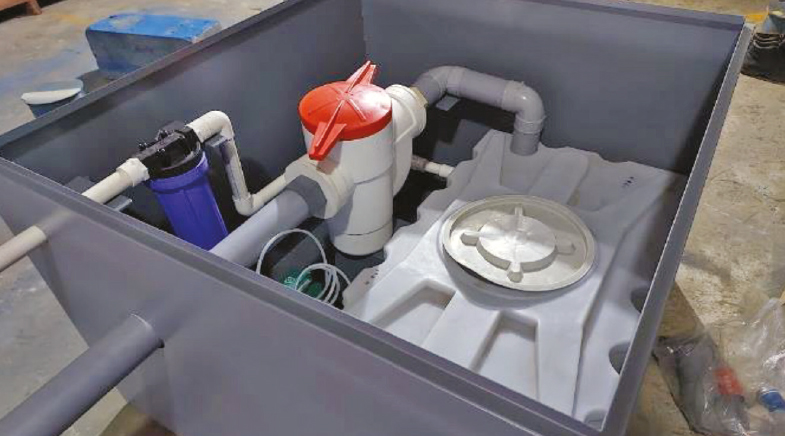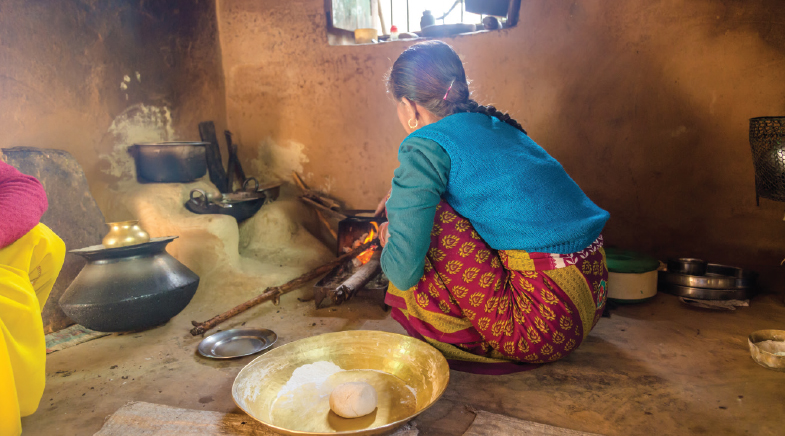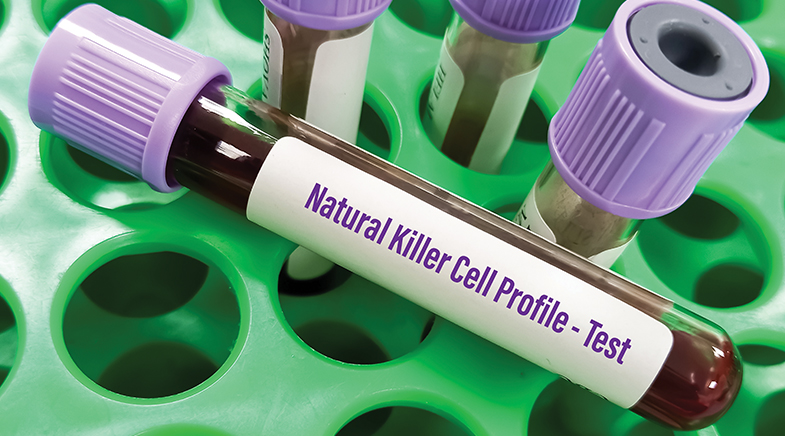Ideas that flow well
-
- from Shaastra :: vol 03 issue 02 :: Mar 2024

Companies save water, store energy — and help customers with their hairdos.
Tharam-Thiran Green Energy Flow
Founders: V. Umesh, M. Shanmugakumar and S. Narendren Year: 2020
Big idea: To develop an iron flow battery for long-duration energy storage applications
The three men — colleagues and friends — were convinced that a large market for long-duration energy storage batteries was opening up in India. So, to meet this demand, they began working on flow batteries — and eventually formed a start-up called Tharam-Thiran Green Energy Flow Pvt. Ltd. (Tharam in Tamil means quality; thiran stands for ability.) The start-up was incubated at MaDeIT Innovation Foundation at the Indian Institute of Information Technology, Design and Manufacturing (IIITDM), Kancheepuram.
The company's three founders are V. Umesh, who secured his PhD from the Indian Institute of Technology (IIT) Madras; M. Shanmugakumar, whose PhD is from the Department of Computer Science, IIITDM; and S. Narendren, who did his PhD in Chemical Engineering from IIT Guwahati. Umesh and Shanmugakumar got to know each other during their Master's at IIITDM, and then met Narendren when he came to MaDeIT Innovation Foundation looking for start-up opportunities. Umesh handles the mechanical and electrochemical part of the battery; Shanmugakumar looks after a dedicated battery management system; Narendren deals with the membranes.
According to Shanmugakumar, vanadium-based flow batteries are the gold standard in this class of batteries, but since vanadium is rare and expensive, they looked for various alternatives before settling on an iron-based flow battery.
A flow battery, he elaborates, is a rechargeable battery system that stores energy in electrolyte fluids contained in external tanks. The electrolytes are then pumped into a cell. The energy is stored in the electrode material in a conventional battery, and in an electrolyte in a flow battery.
Shanmugakumar explains that conventional batteries have an anode, a cathode and an electrolyte to facilitate an exchange of ions to enable current to be stored and used. In a flow battery, the anolyte and the catholyte are stored in the tank. The water-based electrolyte is then pumped to the cell, where the anode and the cathode are present during the charge and discharge. A conventional battery has limitations in terms of scalability and long-duration energy storage capacity. A flow battery can be built to large sizes, and the energy can be stored longer. However, one disadvantage with flow batteries is that they cannot be made compact and are not meant for mobile applications. The flow battery will find application in a renewable energy power plant for managing the energy needs of large apartment complexes and other places requiring uninterrupted power supply. The company hopes to have a product ready by 2025, Shanmugakumar adds.
mirrAR
Founders: Meghna Saraogi and Lalit Vijay
Year: 2017
Big idea: A company that enables customers to virtually try on products or hairstyles
Look before you buy is the maxim that drives mirrAR, a company that uses augmented reality and artificial intelligence to help stores and salons — and customers. Founded by Meghna Saraogi, a graphic designer-turned-entrepreneur, and serial entrepreneur Lalit Vijay, mirrAR – the AR in the name stands for augmented reality – seeks to redefine the way customers engage with brands in stores and across online channels.

mirrAR helps those who want to be sure about the product they want to purchase, or the hairdo they want to go for. You may like a watch, but are not sure how it will look on your wrist. Is the lipstick colour right for your skin tone, you may wonder. That's where mirrAR steps in.
The company first developed an in-store solution where jewellery could be digitised and viewed on iPads or tablets. But the response to this was lukewarm, prompting it to come up with mirrAR for the web; that is, the technology could be integrated into any app or website. Jewellery brand Tanishq was its first customer and continues to be one, Saraogi says.
"Our vision is to be a global player when it comes to experiential shopping in the fashion industry," Saraogi says. "It is a SaaS (software as a service)-based technology product that we sell to fashion retailers, brands and salons."
When a customer goes to a salon, a tablet will be used to take their photograph, and a particular hairstyle will be super-imposed on the photograph, based on which the customer will decide whether to go for it or opt for another style.
For jewellery, Saraogi explains, customers have to open the website of a company which subscribes to mirrAR.com, and click on the "try it on" button next to every product. The front camera opens up and takes a photograph of the customer wearing the product. This happens in real time, she adds.
JALSEVAK SOLUTIONS
Founders: Abhijit Sathe
Year: 2020
Big idea: To develop an affordable greywater recycling solution
Abhijit Sathe spent his childhood in a water-starved region of southern Maharashtra, where piped water supply was available in the house for only a few hours every day. He read articles on water recycling — and the concept stayed with him, prompting him to start a venture to recycle greywater — wastewater from bathrooms, kitchen sinks and wash basins.
A mechanical engineering graduate from Sangli, he obtained a Master's from the Indian Institute of Technology (IIT) Madras and a PhD from Purdue University. Sathe worked in the U.S. for a few years before returning to India to become an entrepreneur. His company, JalSevak Solutions, was incubated at IIT Kanpur and is headquartered in Pune.

Abhijit Sathe of JalSevak
PHOTO: BY SPECIAL ARRANGEMENT
The company has over 20 installations, mainly in Bengaluru. JalSevak Solutions collects the greywater through dedicated pipelines in the residential and commercial buildings where it has the installations, and filters the water through a two-stage filtration process. The water is then stored in a collection tank where chemicals are added to eliminate the possibility of bacteria or contamination. The water is then aerated and, after 48 hours, pumped back for the end application, whatever that may be.

According to Sathe, greywater is hardly ever recycled in India. Almost half the water used by those living in urban areas gets converted into greywater, which is the water that is used for baths, in washing machines and dishwashers, and for washing utensils. The idea, says Sathe, is to completely recycle the used greywater, which can meet the flushing requirements in toilets. The additional recycled greywater can be used for gardening.
Almost half the water used by those living in urban areas gets converted into greywater.

Greywater recycling units.
"We are only collecting and recycling bathroom waste water and laundry water," he adds. The company is working with large builders and property developers to incorporate its system even at the construction stage. Large resorts and hotels are potential customers, too.
The demand for greywater recycling in India is driven by rapid urbanisation and fast-depleting groundwater resources. The existing sewage treatment plants are bulky and expensive, and do not differentiate between toilet wastewater and greywater. There is a need for affordable recycling units that can be installed in large apartment complexes and commercial buildings.
Sathe says they have a patent for their product, which they call a portable recycling unit. The company has relied primarily on government grants. All the components in the recycling system are bought, and the company assembles the final unit in the place where it is to be installed.
Have a
story idea?
Tell us.
Do you have a recent research paper or an idea for a science/technology-themed article that you'd like to tell us about?
GET IN TOUCH














